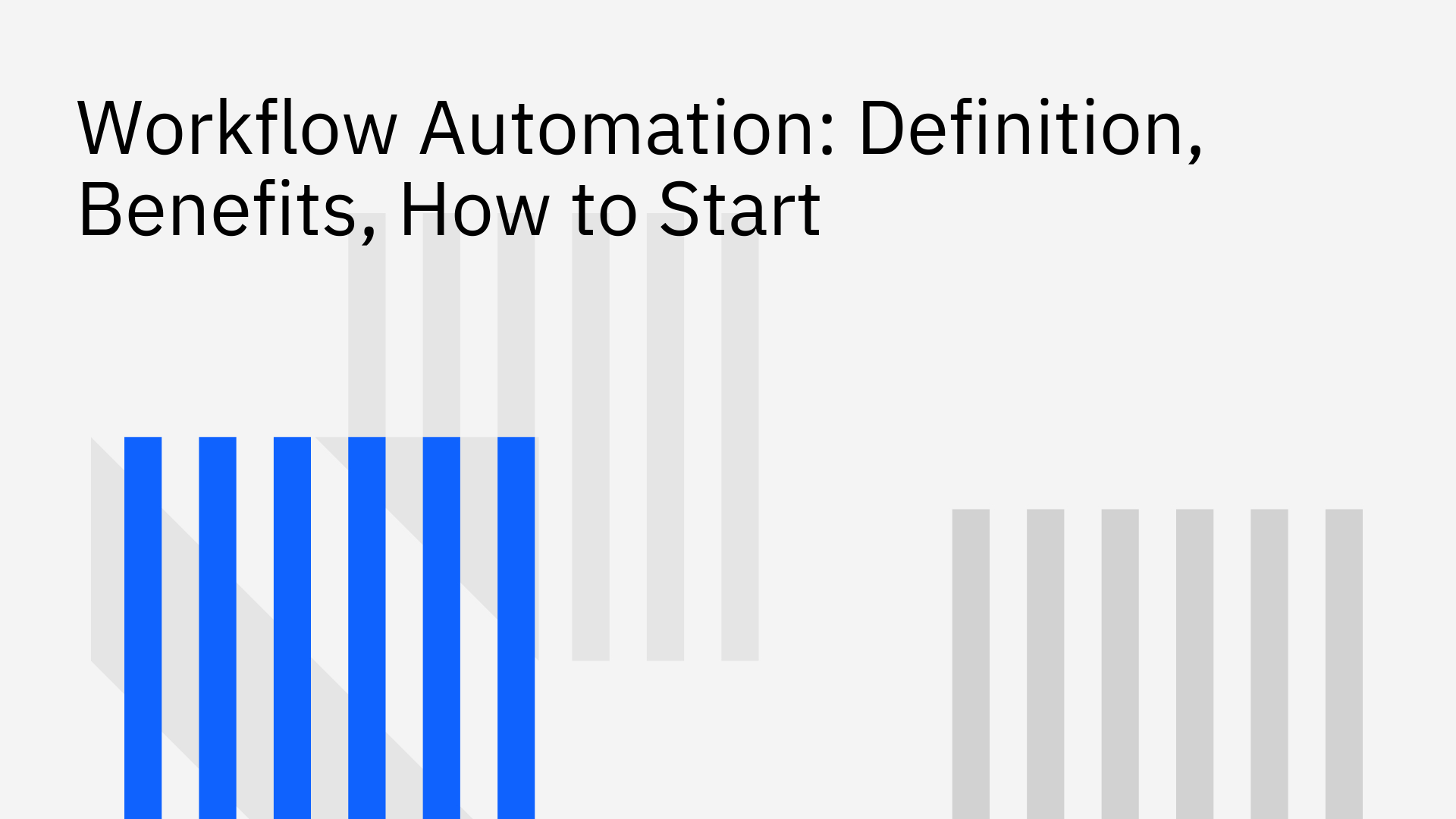
Workflow automation is the process of using software to perform repetitive tasks or activities without human input. It helps teams work faster, more accurately, and with greater consistency. By automating workflows, businesses eliminate manual errors, save time, and allow employees to focus on strategic, value-adding work.
In today’s digital workplace, automation drives efficiency and collaboration. It ensures that tasks, data, and approvals flow seamlessly across departments. Beyond speed, workflow automation improves accountability, data accuracy, and employee satisfaction, all while reducing operational costs.
Modern workflow tools can automate countless repetitive tasks. Here are some of the most common:
If a task is repetitive, rule-based, or scheduled — it’s a candidate for automation.
Identify its start, end, and expected outcomes.
Include everyone who handles the work.
Note CRMs, databases, or apps involved.
Collect data sources such as forms or emails.
Detect where delays or confusion occur.
List tasks that could run automatically.
Build your improved, automated process.
Check outputs, data accuracy, and flow continuity.
Ensure teams understand and adopt the new process.
Track results and adjust over time.
Both workflow automation and robotic process automation (RPA) streamline work — but they differ in scope.
Companies often use both: RPA for simple, rule-based actions and workflow automation for orchestrating entire processes.
Spreadsheets are useful for tracking small projects but quickly become fragile as teams grow. They rely on formulas that break, lack compliance controls, and can’t scale efficiently. Workflow automation software offers drag-and-drop builders, templates, and built-in security—making automation faster, safer, and easier to maintain.
When evaluating automation tools, look for:
Start small, choose one process that’s easy to automate, measure the results, and expand gradually. Over time, automation becomes a powerful framework that unites teams, boosts productivity, and drives continuous improvement.
Next step: Explore a workflow management guide or automation checklist to map your first process and identify automation opportunities.